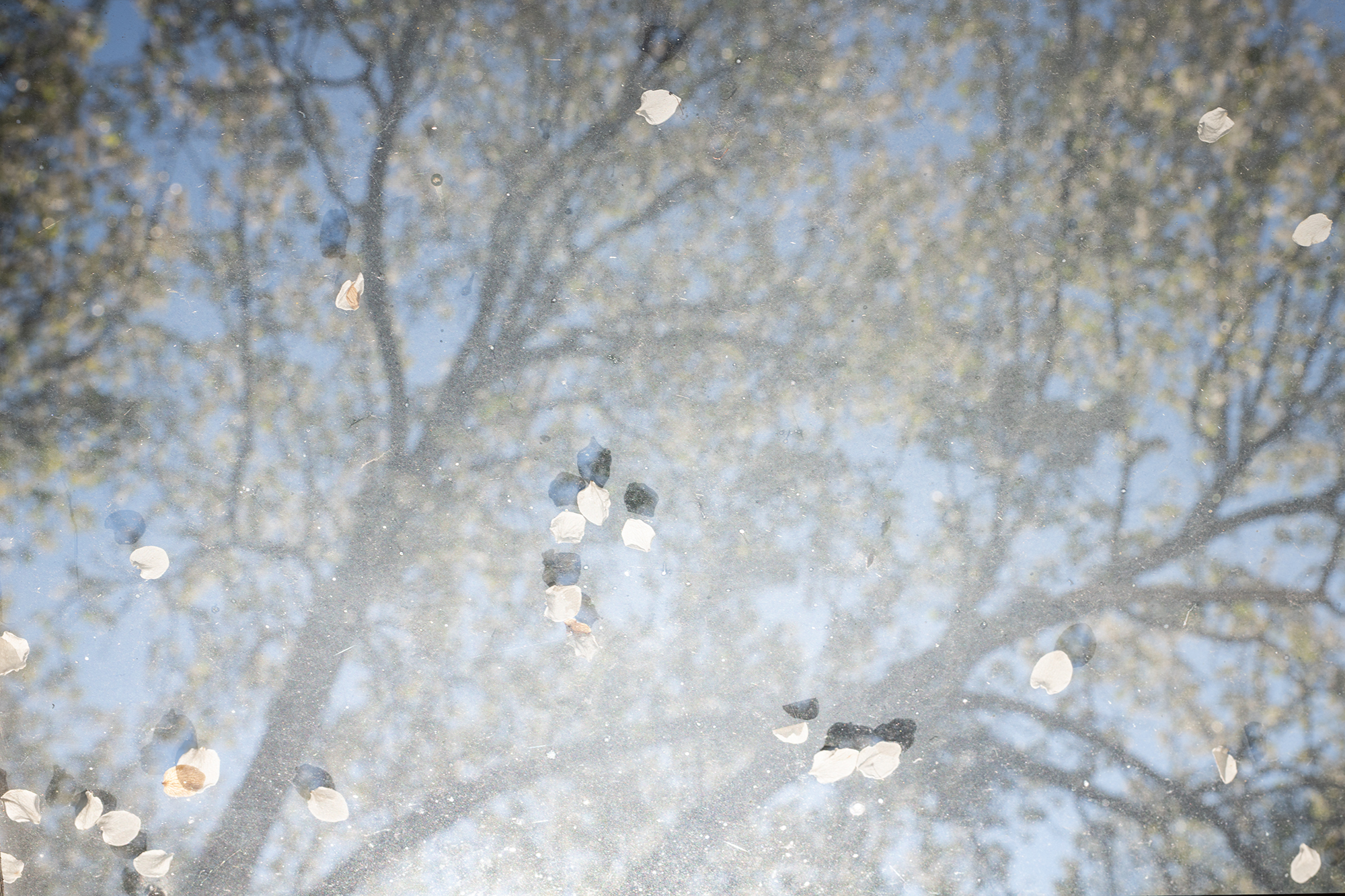Olga Jaramillo Salazar has lived in eight countries. Her teenage daughters have lived in four. Before she entered her current career as a photographer seeking her MA in new media photojournalism at the George Washington University’s Corcoran School of the Arts and Design, she was a globetrotting economist.
Now, with the onset of the COVID-19 pandemic, she’s documenting the way she and her family have to deal with strictly limited movement.
Corcoran Photography Professor Matt Eich and Multimedia Professor Steve Elfers suggested their students document their own stories during the online learning period. When Mr. Elfers suggested his students turn their lenses on themselves, Ms. Jaramillo’s first instinct was to resist.
“I didn’t want to turn the camera on myself because I know there are people who are suffering more than I am,” she said. “As an economist, I’ve worked in developing countries, and I have seen poverty very closely, and I know the deep suffering where people are born without the freedom to live the lives they want.
“So if I don’t have the freedom to go outside right now—I was born with many freedoms. For me, I know this is temporary.”
She also believed that she had to model for her daughters the ability to adapt to difficult circumstances and that focusing on her own story and her own “inconveniences” would set a bad example to them.
But she soon realized that she could continue to focus on others within the small scope of her family—by turning the lens, with their permission, on her daughters and neighbors. National Geographic featured one of Ms. Jaramillo’s portraits and photos by two other Corcoran students, Eric Lee and Camille DeSanto, in a recent feature on college students documenting their own social distancing.
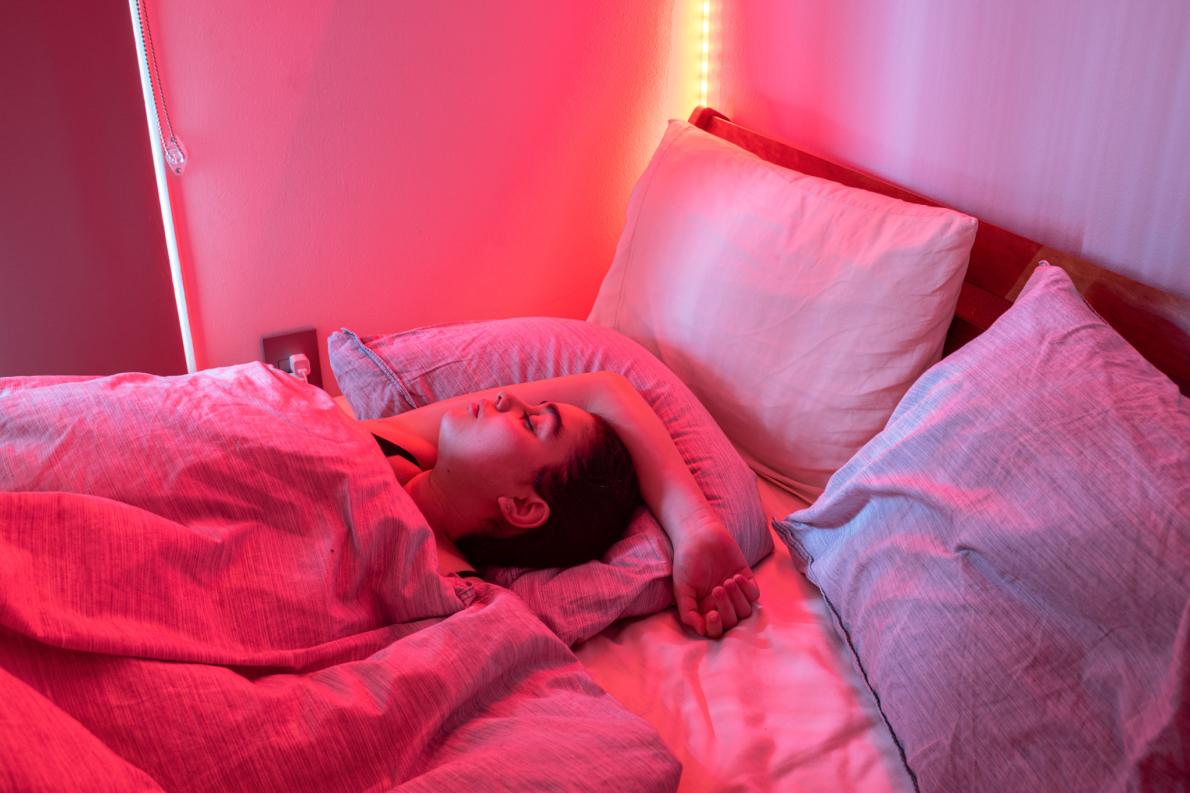
Photo by Olga Jaramillo Salazar.
Mr. Lee, a second-year master’s student in new media photojournalism, turned his focus on the fear and discrimination he faced as an Asian American during a global pandemic that President Donald Trump has repeatedly referred to as “the Chinese virus.”
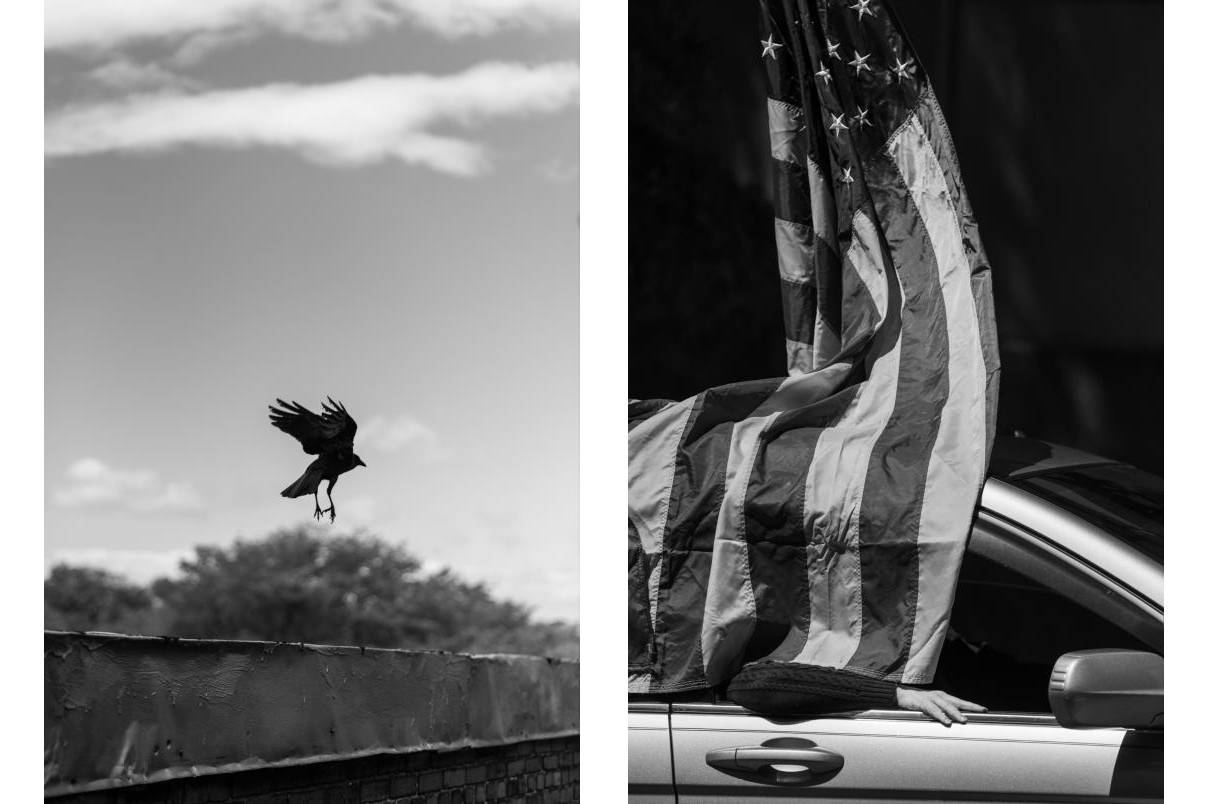
Photo by Eric Lee
“After 27 years of fighting to prove that I belong in this country, I still fear being told to go back where I came from,” Mr. Lee told National Geographic.
Ms. DeSanto, a rising junior studying photojournalism, has taken to oblique self-portraits—not necessarily of her face, but her shadow or distorted image. In the photo featured in National Geographic, the shadow of Ms. DeSanto’s profile and camera frames a hanging photograph of her smiling grandparents. They live in a retirement community in Hanover, Penn., and though Ms. DeSanto and her immediate family live nearby, they are currently unable to visit the locked-down facility.
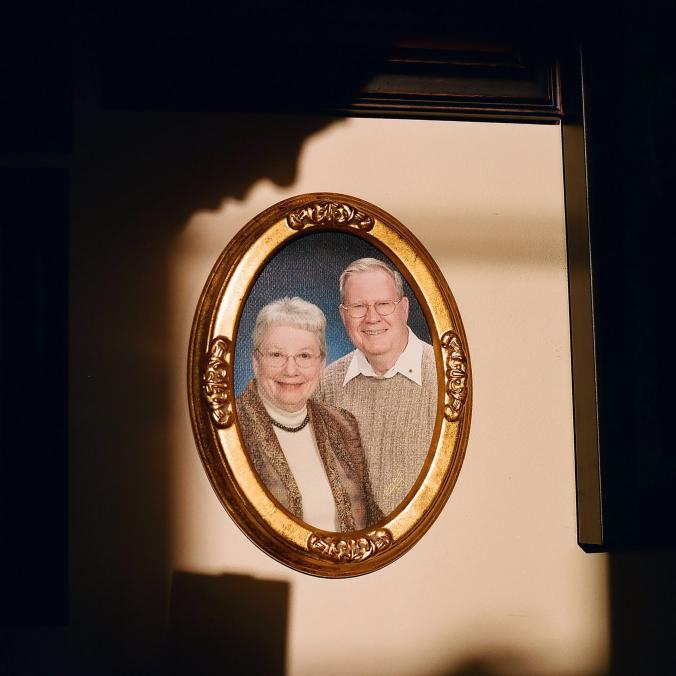
Photo by Camille DeSanto.
Ms. DeSanto wasn’t comfortable at first being on the other side of the camera.
“I’m really passionate about meeting people and telling their stories through photography, but because of the pandemic I haven’t really been able to interact with others,” she said. “It was a little frustrating at first.”
But turning the camera on herself has had an unexpected effect on her development as an artist, Ms. DeSanto said.
“I think it’s really helping me grow and turn inward and reflect on how it feels to be photographed yourself,” she said. “I think it’s making me more sensitive and aware. When I finally do get to interact with strangers again, I hope I’ll be able to think about representing them the way they want to be represented, instead of going in with preconceptions and an image already composed in my mind.
“Maybe once I learn to be more comfortable in front of the camera, I can help others do the same.”
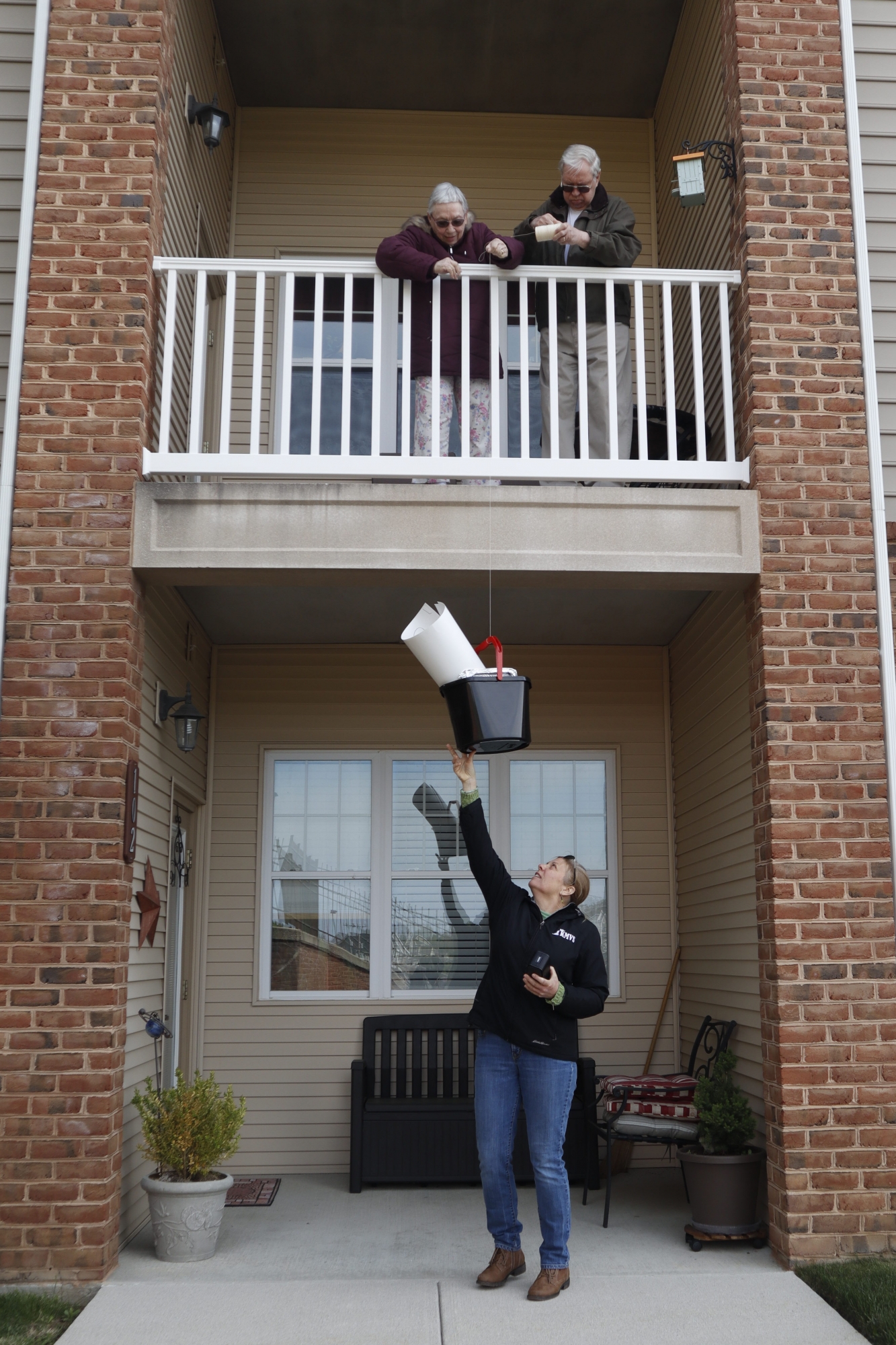
Camille DeSanto's mother and grandmother exchange Mother's Day gifts. (Camille DeSanto)


